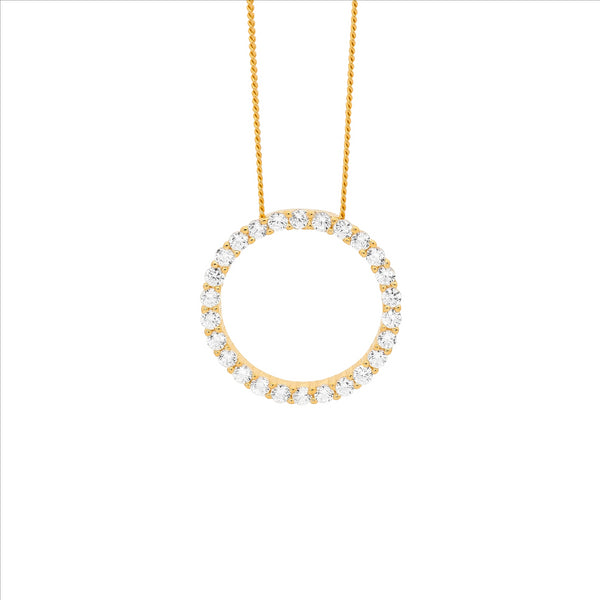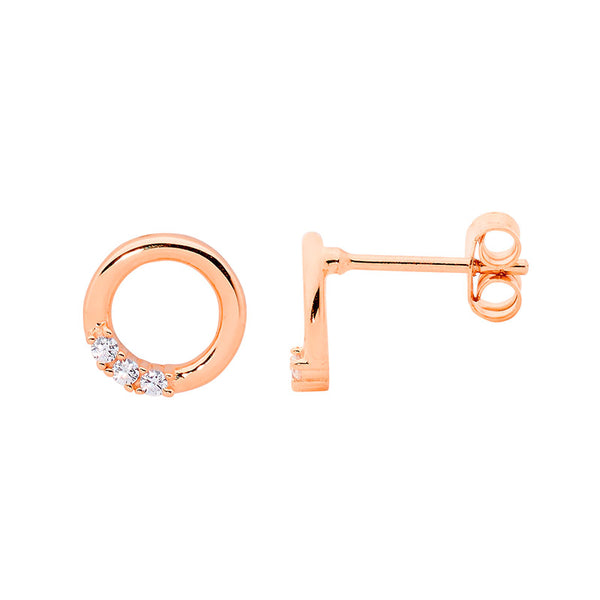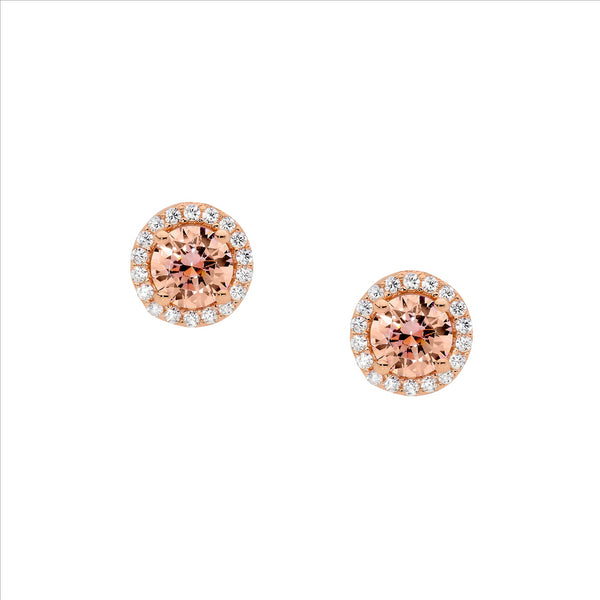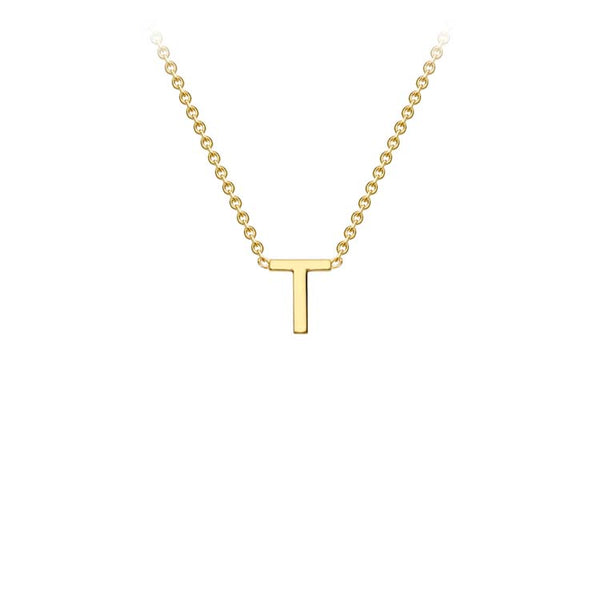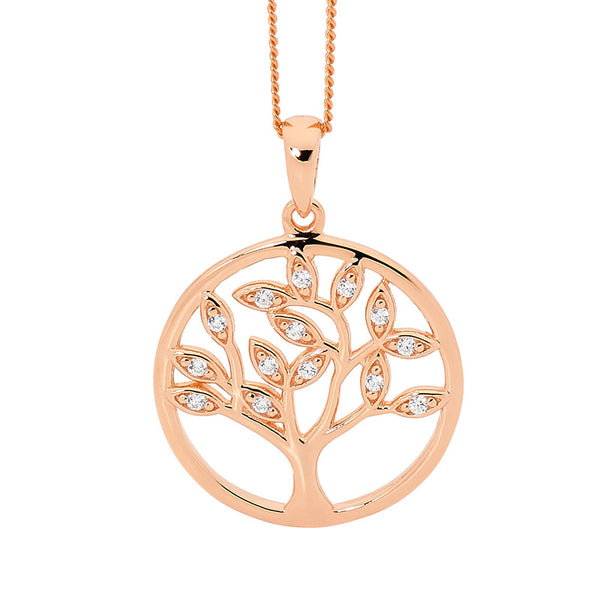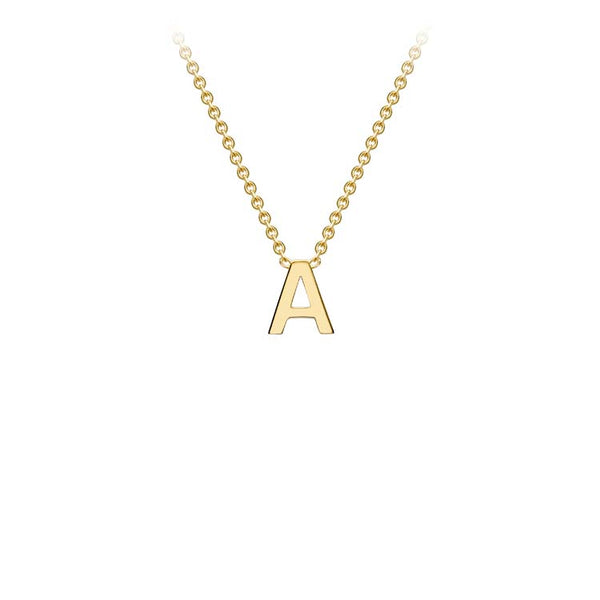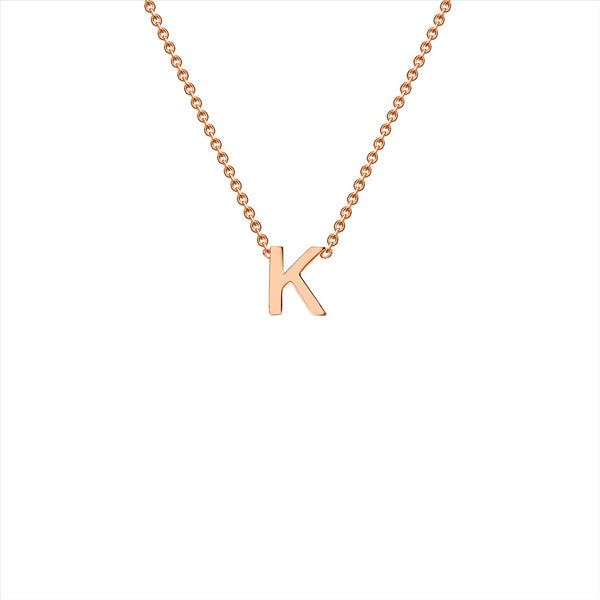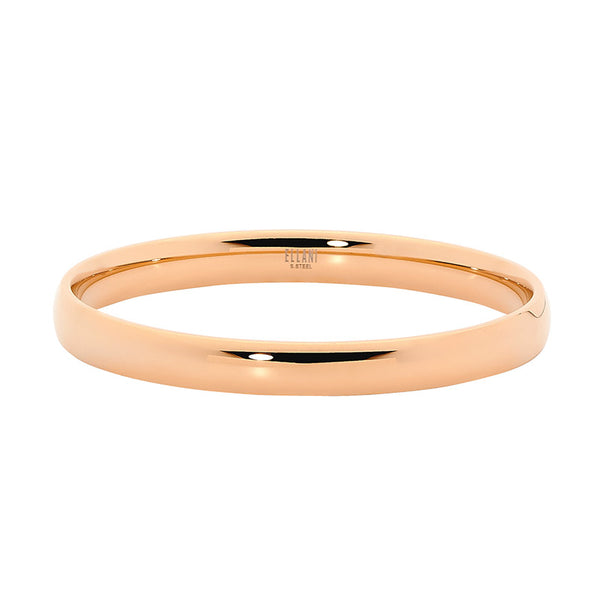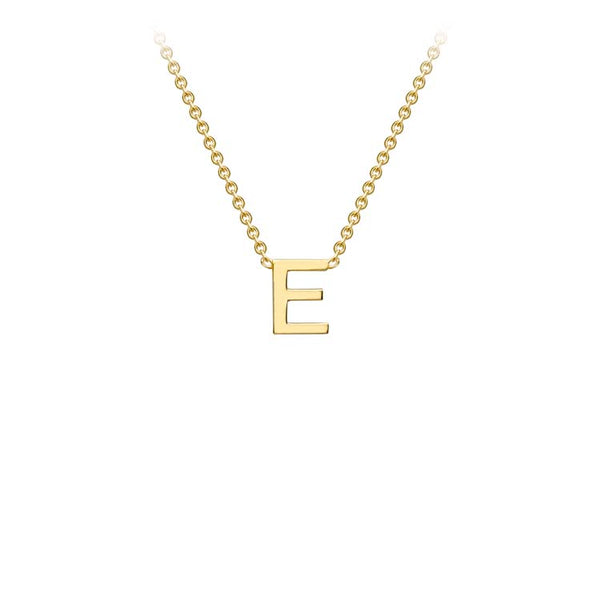Sparkling Secrets: How to Clean Gold Jewelry Like a Pro

Gold jewellery holds a special place in our hearts and wardrobes, adding a touch of elegance and sophistication to any outfit. But maintaining that gorgeous shine and lustre is crucial to keep your gold accessories looking their best. Despite its timeless beauty, gold jewellery can be quite delicate, and there are many misconceptions about how to clean it. So, buckle up and get ready to learn how to clean your gold jewellery like a pro! In this article, we’ll share professional tips and tricks to help you keep your gold jewellery looking as stunning as the day you first wore it. We’ll explore different types of gold jewellery, everyday care, basic and advanced cleaning methods, and how to handle gold jewellery with gemstones. Maintaining gold jewellery is essential to preserve its shine, durability, and value over time. Taking proper care of your precious pieces ensures they continue to be beautiful heirlooms you can pass down through generations.
However, there are many common misconceptions about cleaning gold jewellery that can lead to unintentional damage. Some people believe that harsh chemicals or abrasive substances, like toothpaste, effectively remove dirt and grime. These methods can cause scratches, wear down gold plating, or even harm delicate gemstones. It’s crucial to understand the right techniques to keep your gold jewellery looking its best without causing any damage.
| Contact Us today for a quote on a professional clean! |
Getting to know your gold jewellery
| Different types of gold jewellery |
|---|
| Pure gold: Pure gold, also known as 24-karat gold, is a naturally yellow, soft, and malleable metal. While it’s highly valuable and doesn’t tarnish or corrode, pure gold is generally too soft for everyday jewellery use. Because of its softness, it can easily bend, scratch, or dent, making it less suitable for items like rings or bracelets that experience regular wear and tear. |
| Gold alloys: To increase durability and create a variety of colours, gold is often mixed with other metals, forming gold alloys. Common metals used in gold alloys include copper, silver, zinc, and nickel. These alloys are more durable than pure gold and can be crafted into intricate designs suitable for everyday wear. The resulting gold jewellery comes in different karats, with each karat representing the amount of gold in the alloy. For example, 18-karat gold contains 75% gold and 25% other metals, while 14-karat gold consists of 58.5% gold and 41.5% other metals. Gold alloys are available in various colours, including yellow gold, white gold, and rose gold, depending on the type and proportion of metal added. |
| Carat system |
|---|
| Understanding carat ratings: The carat system is a measure of the purity of gold used in jewellery. A higher carat rating indicates a higher gold content. Pure gold is 24 carats, meaning it is 100% gold. As gold is alloyed with other metals, the carat rating decreases. Each carat represents 1/24th or approximately 4.167% of the total weight of the metal in the piece. For example, 18-carat gold is 18 parts gold and 6 parts other metals (18/24 = 75% gold), while 14-carat gold is 14 parts gold and 10 parts other metals (14/24 = 58.5% gold). Lower-carat gold jewellery is typically more durable due to the presence of other metals, which strengthen the material. |
|
How carat ratings affect cleaning methods: The carat rating of your gold jewellery can influence the cleaning methods you should use. Lower-carat gold pieces are more prone to tarnishing, as the other metals in the alloy may react with air, moisture, or chemicals. As a result, they may require more frequent cleaning and care than higher-carat gold items. Additionally, the type of alloy metals used can affect the jewellery’s sensitivity to certain cleaning solutions. For example, ammonia-based solutions can damage some lower-carat gold pieces. Higher-carat gold, while less prone to tarnishing, is more susceptible to scratches and dents due to its softness. When cleaning higher-carat gold, it’s essential to use gentle cleaning methods and avoid abrasive substances or tools that could damage the surface. Regardless of the carat rating, always follow the recommended cleaning methods for your specific gold jewellery, as improper cleaning can lead to damage or discolouration. |
| Gold plating and gold-filled jewellery |
|---|
| Gold-plating: Gold-plated jewellery involves a thin layer of gold applied to the surface of a base metal, such as brass, copper, or silver. This process is achieved through electroplating, where an electric current deposits the gold onto the base metal. Gold-plated items offer an affordable alternative to solid gold, allowing you to enjoy the appearance of gold without the higher price tag. However, the gold layer can wear off over time, particularly with frequent use or improper care. It’s essential to handle gold-plated jewellery gently to preserve its appearance and avoid exposing it to harsh chemicals, abrasives, or excessive moisture. |
| Gold-filled jewellery: Gold-filled jewellery, also known as rolled gold or gold overlay, features a thicker layer of gold bonded to a base metal, typically brass or copper. The gold layer in gold-filled items is significantly thicker than gold-plated ones, making them more durable and longer-lasting. Gold-filled jewellery is often marked with stamps such as “GF,” “1/20 14K GF,” or “14K RGP” to indicate the gold content. While gold-filled items are more expensive than gold-plated ones, they still provide a more affordable option compared to solid gold. Gold-filled jewellery requires proper care to maintain its appearance and prevent damage to the gold layer. Avoid exposing the jewellery to harsh chemicals, abrasive materials, and excessive moisture. Regular, gentle cleaning can help preserve the shine and lustre of gold-filled items, ensuring they remain beautiful for years to come. |
Everyday care for gold jewellery
| Proper storage techniques |
|---|
| Organising your jewellery box: One of the keys to keeping your gold jewellery in top condition is proper storage. To prevent tangles, scratches, and damage, organise your jewellery box by separating different types of pieces. Use compartments, dividers, or small bags to keep necklaces, bracelets, rings, and earrings from coming into contact with each other. Ensure there’s enough space for each item to prevent overcrowding, which can lead to accidental damage. |
| Preventing scratches and damage: Gold, especially higher-carat gold, is prone to scratches and dents. Store your gold jewellery in a soft, lined jewellery box or wrap each piece in soft fabric or tissue paper to protect its surface. Avoid storing gold items with harder gemstones or metals that can scratch the gold. Keep your gold jewellery away from direct sunlight, heat, and moisture to prevent tarnishing or discolouration. |
| When to remove gold jewellery |
|---|
| Activities that can harm gold: It’s essential to remove your gold jewellery during certain activities to prevent damage. These activities include swimming, as chlorine in pools and salt water can harm gold; exercising, as sweat can cause tarnishing; and cleaning, as harsh chemicals can damage gold and gemstones. Additionally, remove gold jewellery when applying lotions, makeup, or perfume to avoid build-up and discolouration. |
| How to remember to put your jewellery back on: To ensure you don’t forget to put your gold jewellery back on after removing it, develop a routine or use visual reminders. Place your jewellery in a designated spot, such as a jewellery dish, near the activity you’re doing or where you’ll see it once the activity is complete. For example, put your rings in a dish by the sink while washing dishes or in a small container in your gym bag while working out. |
Regular cleaning and maintenance
Consistent cleaning and maintenance help preserve your gold jewellery’s shine and longevity. Depending on how often you wear your pieces, aim to clean them every few weeks to several months. Inspect your jewellery for signs of wear, such as loose gemstones or worn clasps, and address any issues promptly. Regular maintenance and care will ensure your gold jewellery remains beautiful and sparkling for years to come.

Basic cleaning methods.
| Soapy water method |
|---|
| Choosing the right soap: The soapy water method is a gentle and effective way to clean most gold jewellery. When selecting a soap, opt for a mild, non-detergent soap or dishwashing liquid that is free from harsh chemicals, fragrances, and colourants. These gentle soaps are less likely to cause damage to your gold or any gemstones it may contain. |
| Step-by-step instructions: a. Fill a small bowl with lukewarm water and add a few drops of mild soap. b. Stir the water and soap mixture until it forms a sudsy solution. c. Place your gold jewellery in the solution and let it soak for 15-20 minutes. d. Use a soft toothbrush or a soft cloth to gently scrub the jewellery, paying special attention to any crevices or detailed areas where dirt and grime may accumulate. e. Rinse the jewellery thoroughly under lukewarm water, making sure to remove any soap residue. f. Pat the jewellery dry with a soft, lint-free cloth and lay it on a clean towel to air dry completely before wearing or storing. |
| Ammonia solution method |
|---|
| Safety precautions: Ammonia is a powerful cleaning agent that can effectively remove dirt and grime from gold jewellery. However, it’s crucial to use ammonia with caution, as it can damage certain gemstones and some lower-carat gold pieces. Avoid using ammonia on gold jewellery with pearls, turquoise, or other porous gemstones. Always wear gloves and work in a well-ventilated area when handling ammonia. |
| Step-by-step instructions: a. Mix one part ammonia with six parts lukewarm water in a small bowl. b. Place your gold jewellery in the solution and let it soak for no more than one minute. c. Remove the jewellery from the solution and gently scrub it with a soft toothbrush or cloth, focusing on any areas where dirt may have accumulated. d. Rinse the jewellery thoroughly under lukewarm water, making sure to remove any traces of ammonia. e. Pat the jewellery dry with a soft, lint-free cloth and lay it on a clean towel to air dry completely before wearing or storing. |
When to use professional cleaning services
While soapy water and ammonia methods are suitable for most gold jewellery, there are instances when professional cleaning services are necessary. If your jewellery has extensive tarnishing, intricate designs that are difficult to clean, or delicate gemstones that require special care, it’s best to consult a professional jeweller. They have the expertise and equipment to clean and restore your gold jewellery safely and effectively. Regularly having your jewellery professionally cleaned can also help identify any potential issues, such as loose gemstones or worn settings, that require attention.
Cleaning gold jewellery with gemstones
| Understanding common gemstones |
|---|
| Diamonds: Diamonds are among the hardest and most durable gemstones, making them a popular choice for gold jewellery. They are resistant to scratches and can withstand many cleaning methods. However, diamonds can still become loose in their settings or accumulate dirt, so it’s essential to clean them carefully. |
| Pearls: Pearls are delicate, organic gemstones that require special care to maintain their lustre and beauty. They are sensitive to chemicals, extreme temperatures, and abrasion, making them more challenging to clean than other gemstones. Always handle pearls gently and avoid exposing them to harsh substances or conditions. Pearls are typically glued into the jewellery they are sitting in. It's important to keep this area dry when cleaning as water, soap and other cleaners will help break down the glue quicker. |
| Coloured gemstones: Coloured gemstones, such as sapphires, rubies, and emeralds, are commonly found in gold jewellery. These stones vary in hardness and sensitivity to chemicals, so it’s essential to understand their specific properties and cleaning requirements. |
| Safe cleaning methods for each gemstone type |
|---|
| Diamonds: Diamonds can be cleaned using the soapy water method or a gentle jewellery cleaning solution specifically designed for diamonds. Use a soft toothbrush to scrub the diamond gently, ensuring that you clean around the setting to remove any dirt or oils. Rinse the diamond thoroughly and pat it dry with a soft, lint-free cloth. |
| Pearls: To clean pearls, use a soft, damp cloth with a small amount of mild soap. Gently wipe the pearls, avoiding any abrasive materials or excessive rubbing. Wipe the pearls with a clean, damp cloth to remove any soap residue, and then lay them on a soft towel to air dry. Never submerge pearls in water or expose them to harsh chemicals. |
| Coloured gemstones: Many coloured gemstones can be cleaned using the soapy water method, but always research the specific cleaning requirements for your gemstone before proceeding. Some stones, like opals or turquoise, require special care and should not be submerged in water. Consult a professional jeweller if you’re unsure about the proper cleaning method for your gemstone. |
What to avoid when cleaning gemstone jewellery
When cleaning gold jewellery with gemstones, it’s crucial to avoid abrasive materials, extreme temperatures, and harsh chemicals that could damage the stones or their settings. Additionally, do not use ultrasonic cleaners or steam cleaners without first consulting a professional jeweller, as these devices can cause damage to certain gemstones. Always handle your gemstone jewellery gently and follow the recommended cleaning methods to ensure your pieces remain sparkling and beautiful for years to come.

Removing tarnish from gold jewellery
Causes of tarnish
Tarnish is a thin layer of corrosion that forms on the surface of some metals, including gold, as a result of a chemical reaction with substances in the air or with substances that come into contact with the metal. Gold itself is relatively resistant to tarnishing, but lower-carat gold alloys containing metals such as copper, silver, and nickel are more susceptible to tarnishing. Exposure to chemicals, moisture, sweat, and even the natural oils from your skin can contribute to tarnishing. Proper care and storage can help prevent tarnishes from forming on your gold jewellery.
| Home remedies for tarnish removal |
|---|
| Baking soda and water: Create a paste by mixing a small amount of baking soda with water. Apply the paste to the tarnished areas of your gold jewellery using a soft cloth or a cotton swab. Gently rub the paste onto the tarnish until it begins to lift, being careful not to scratch the gold. Rinse the jewellery with lukewarm water and pat dry with a soft, lint-free cloth. |
| White vinegar: Place your tarnished gold jewellery in a small bowl and pour white vinegar over it, ensuring that the pieces are completely submerged. Allow the jewellery to soak for 15-20 minutes. Remove the jewellery from the vinegar and use a soft toothbrush to gently scrub away any remaining tarnish. Rinse the jewellery with lukewarm water and pat dry with a soft, lint-free cloth. |
| Lemon juice and salt: Mix equal parts lemon juice and salt in a small bowl to form a paste. Apply the paste to your tarnished gold jewellery with a soft cloth or cotton swab, gently rubbing the mixture onto the tarnish. Rinse the jewellery thoroughly with lukewarm water and pat dry with a soft, lint-free cloth. |
When to seek professional help
If your gold jewellery is heavily tarnished, has intricate designs that are difficult to clean, or contains delicate gemstones, it may be best to seek the assistance of a professional jeweller. They have the knowledge, experience, and equipment needed to safely and effectively remove tarnishes without damaging your precious pieces. Regular professional cleanings can also help identify any potential issues with your jewellery, such as loose gemstones or worn settings, and ensure that your gold jewellery remains in excellent condition.
Frequently Asked Questions
A. Can I use toothpaste to clean gold jewellery?
Using toothpaste to clean gold jewellery is not recommended, as toothpaste can be abrasive and may scratch the gold’s surface. Instead, opt for milder cleaning methods like soapy water or consult a professional jeweller for more advice.
B. How often should I clean my gold jewellery?
The frequency of cleaning your gold jewellery depends on how often you wear it and your activities while wearing it. Generally, clean your gold jewellery every couple of months or whenever it appears dull or dirty.
C. What should I do if I accidentally damage my gold jewellery during cleaning?
Consult a professional jeweller if you accidentally damage your gold jewellery during cleaning. They can assess the damage and recommend the best action to repair the piece.
D. Can I clean gold jewellery with household items like vinegar or baking soda?
You can clean gold jewellery with household items like vinegar or baking soda. These items can be used to remove tarnish or dirt from gold, but always follow the appropriate cleaning methods and precautions to avoid damaging your jewellery.
E. How can I tell if my gold jewellery is real or fake?
To determine if your gold jewellery is real or fake, look for markings like the karat stamp, which indicates the gold’s purity. You can also perform a magnet test, as gold is not magnetic. If you’re unsure, consult a professional jeweller to verify the authenticity of your gold jewellery.
F. Is it safe to wear gold jewellery in water?
While pure gold is relatively unaffected by water, gold alloys or gold-plated jewellery may react with chemicals in swimming pools, hot tubs, or saltwater. Removing gold jewellery before swimming or engaging in water-related activities is best to prevent potential damage.
G. How can I prevent my gold jewellery from tarnishing?
Store your gold jewellery in a cool, dry place away from moisture, chemicals, and direct sunlight to prevent tarnishing. Regularly clean your gold jewellery to maintain its shine and prevent tarnish buildup. Keep individual pieces separated in a jewellery box to avoid scratches.
H. Can I use an ultrasonic cleaner for my gold jewellery?
An ultrasonic cleaner can be used to clean some gold jewellery. However, it’s essential to exercise caution when using an ultrasonic cleaner on gold pieces with delicate gemstones or intricate designs. Consult a professional jeweller for guidance on using an ultrasonic cleaner for your gold jewellery.
I. How do I clean gold jewellery with intricate designs?
To clean gold jewellery with intricate designs, use a soft toothbrush or a cotton swab to clean hard-to-reach areas gently. You can also use a jewellery cleaning solution specifically designed for gold. If you’re unsure about cleaning your intricate gold jewellery, consult a professional jeweller for assistance.
Conclusion
This article covers various techniques for maintaining and cleaning your gold jewellery, from everyday care to tackling tarnishing and polishing your precious pieces. By following these methods and knowing when to consult a professional jeweller, you can ensure that your gold jewellery remains in excellent condition and maintains its sparkle for years. Remember, proper storage, regular cleaning, and avoiding harmful substances and activities are key to keeping your gold jewellery looking its best. With some care and attention, your gold jewellery will continue to shine and serve as a beautiful accessory or a cherished heirloom for generations.

